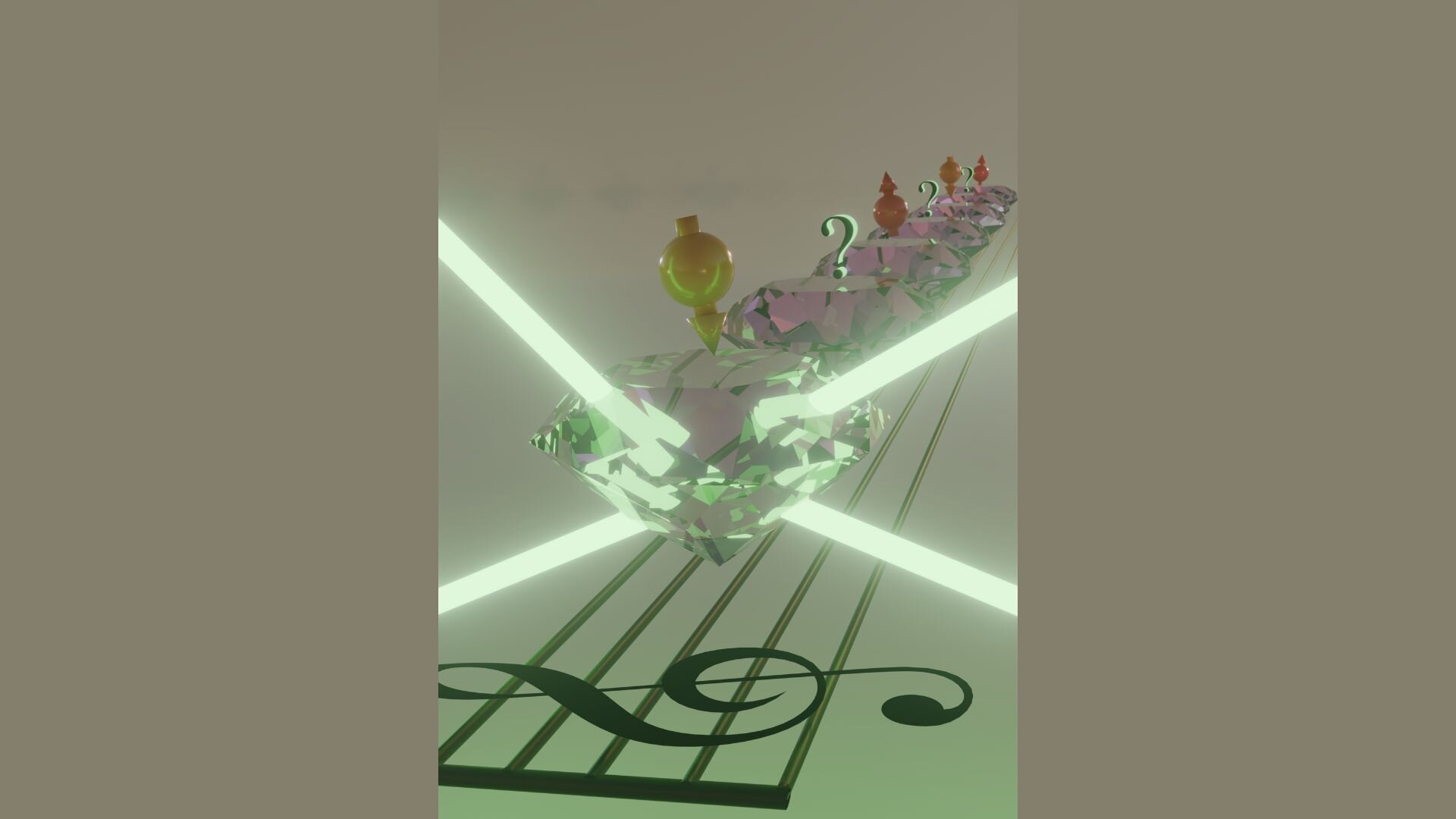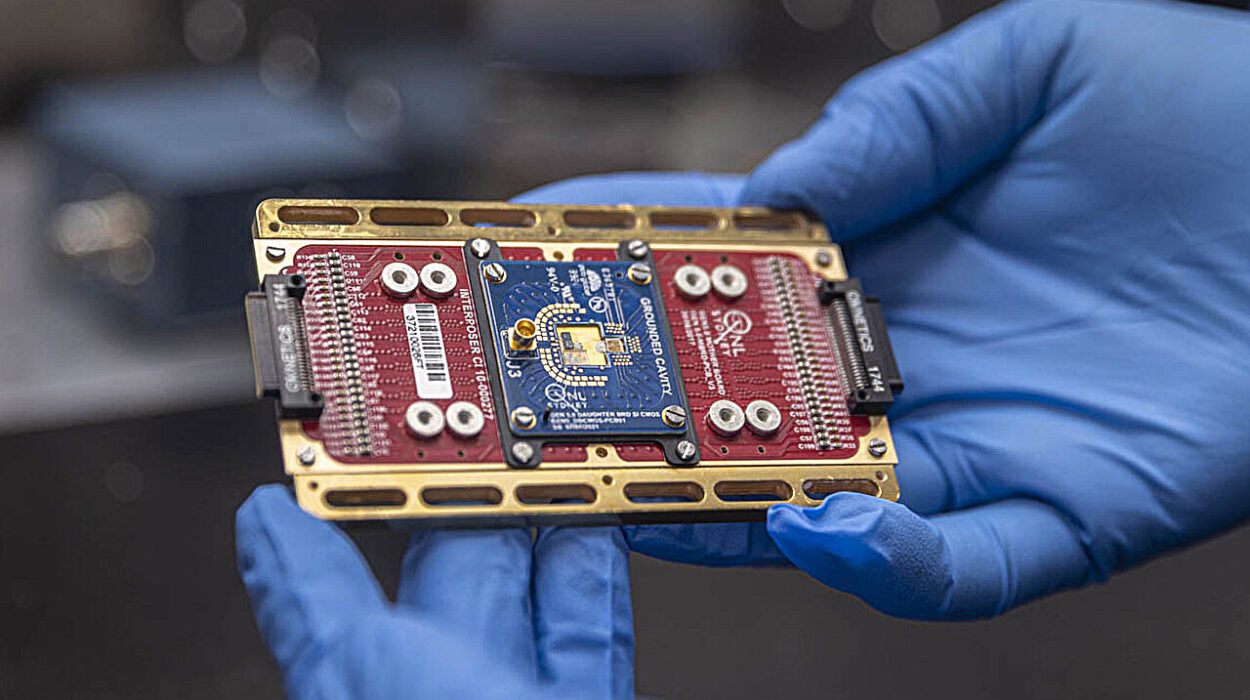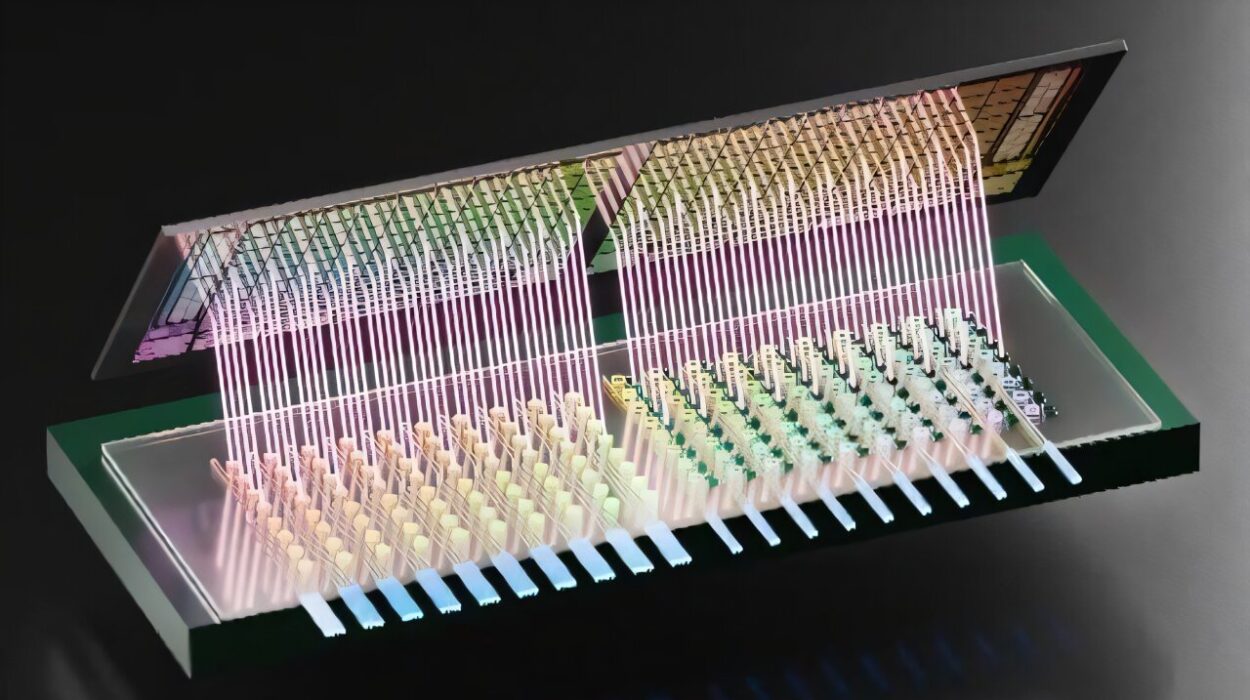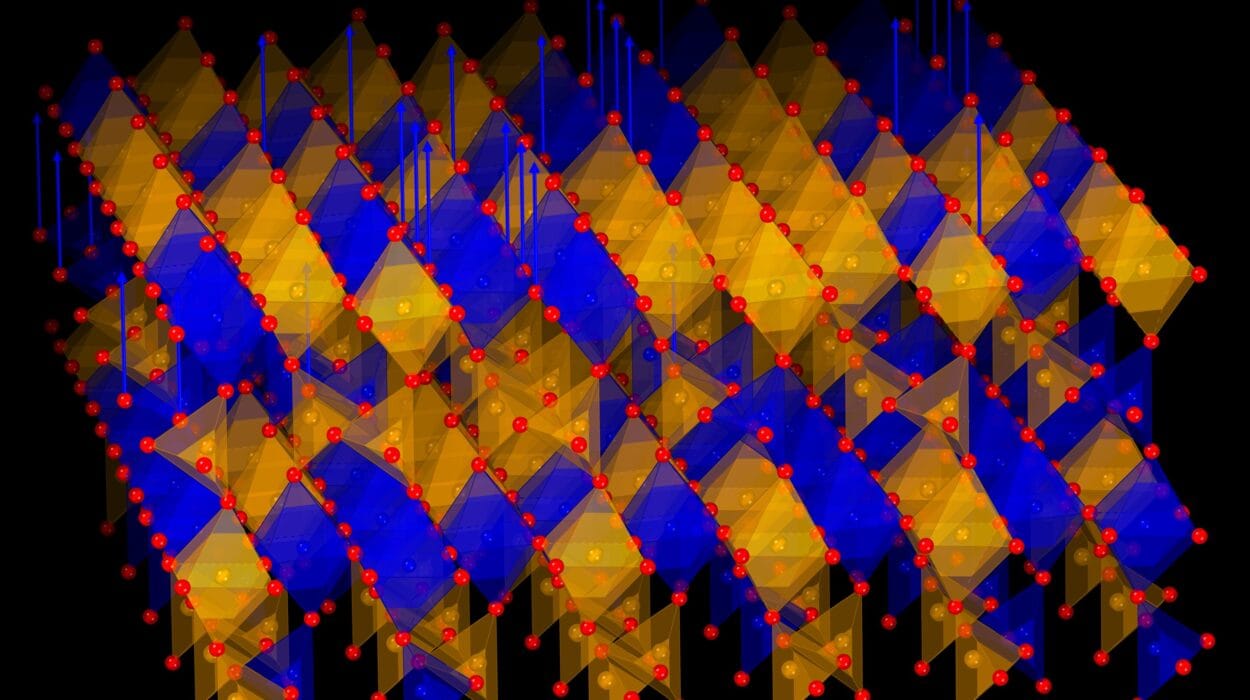Imagine a material that keeps time not by ticking like a clock, but by dancing—sometimes predictably, sometimes unpredictably, yet always in harmony. In a groundbreaking study published in Nature Physics, a team of researchers at the University of California, Berkeley, has observed a completely new phase of matter: the time rondeau crystal.
Named after the rondeau, a musical form where a recurring theme alternates with creative variations, the time rondeau crystal reveals something astonishing—it is perfectly ordered at certain times and beautifully chaotic in between. Like a melody that repeats a familiar refrain before leaping into improvisation, this new state of matter shows that time itself can exhibit structured unpredictability.
This discovery extends far beyond the boundaries of traditional physics. It not only expands our understanding of how matter behaves in nonequilibrium conditions, but also challenges our intuition about what “order” means in a universe often ruled by randomness.
From Music to Matter
The inspiration for the study was as poetic as it was scientific. “The motivation for this research stems from how order and variation coexist across art and nature,” said Leo Moon, a Ph.D. student in Applied Science and Technology at UC Berkeley and co-author of the paper. “Repetitive patterns naturally arise in early art forms because of their simplicity, while advanced music and poetry build variations atop that repetition.”
In classical music, a rondeau balances the familiar and the new. The same principle, the researchers realized, might also apply to physical systems—structures in which stability and randomness can intertwine over time.
Physics has long explored how order manifests in space. Crystals, for example, are solids whose atoms form repeating spatial patterns. Yet even in simple crystals, there’s room for subtle disorder—ice, for instance, has neatly arranged oxygen atoms but randomly oriented hydrogen bonds.
In recent years, physicists have extended this concept into time itself, discovering time crystals, structures that repeat in time rather than space. But until now, every known time crystal followed a fixed rhythm—a perfect periodic oscillation, like a metronome. The new study takes that idea further by introducing randomness into the rhythm, producing a phenomenon where predictable long-term patterns coexist with short-term chaos.
Engineering a New Phase of Matter
To create a time rondeau crystal, the researchers turned to a remarkable material: diamond. Inside the diamond lattice, they focused on carbon-13 nuclear spins, tiny quantum magnets scattered throughout the crystal. These spins interact through long-range dipole couplings, creating an ideal environment for exploring exotic temporal behavior.
Using laser light and precise microwave control, the team first “hyperpolarized” the carbon-13 spins—a process that dramatically amplifies their signal, making them easier to observe. This was achieved through nitrogen-vacancy (NV) centers, special defects in the diamond where a nitrogen atom replaces a carbon and leaves a nearby gap.
When illuminated, these NV centers become spin-polarized, and through microwave pulses, they transfer this polarization to the surrounding carbon-13 nuclei. In just one minute, the nuclear spins’ alignment increased nearly a thousandfold above its natural level, providing an extraordinarily stable system to experiment with.
Next came the creative part: designing the temporal rondeau itself. The researchers used a high-memory waveform generator to deliver complex sequences of microwave pulses—some regular, some deliberately randomized. These drives flipped the spins’ orientation in a pattern that blended order and disorder, the physical equivalent of a musical theme alternating with spontaneous variations.
The Moment of Discovery
When the system was driven, the team saw something extraordinary. At regular intervals, the spins flipped in perfect synchrony—demonstrating long-range temporal order. But between these moments, the polarization fluctuated randomly, showing no predictable pattern. This duality of precise rhythm and controlled chaos is what defines the rondeau order.
Even more impressive, this pattern persisted for over 170 cycles, lasting more than four seconds—an eternity in the quantum world, where coherence typically fades within milliseconds.
To confirm what they had created, the researchers analyzed the system’s frequency spectrum using a discrete Fourier transform. Traditional time crystals produce a sharp, singular frequency peak, reflecting their strict periodicity. The time rondeau crystal, in contrast, revealed a broad, continuous spectrum—a clear “smoking gun” that randomness and order were coexisting in harmony.
“Rondeau order shows that order and disorder don’t have to be opposites,” Moon explained. “They can coexist in a stable, driven quantum system.”
Storing Information in Time
Beyond its conceptual beauty, the team found that the rondeau crystal could actually store information in the randomness itself. By carefully engineering the sequence of pulses, they encoded text into the system—specifically, the title of their paper: “Experimental observation of a time rondeau crystal. Temporal Disorder in Spatiotemporal Order.”
In other words, rather than encoding information in physical space (as in traditional memory devices), they encoded it in time, using whether the spins pointed up or down during each cycle. The crystal thus acted like a temporal memory tape—one capable of recording complex sequences purely through the structure of its own evolution.
“There isn’t an immediate, straightforward application yet,” Moon said, “but it’s fascinating that disorder in a non-periodic drive can actually store information while preserving long-time order.”
This capability hints at potential uses in quantum information and sensing, where sensitivity to specific frequencies—or immunity to noise—can be fine-tuned through the very randomness that drives the system.
Mapping the Phases of Time
The researchers didn’t stop at discovery—they systematically explored the limits of the rondeau crystal’s stability. By varying the duration and imperfections of the driving pulses, they mapped out an entire phase diagram of the system’s behavior.
They found that its lifetime could be tuned like a musical tempo: speeding up or slowing down depending on the driving parameters. Even the way the system “heated up” under prolonged driving followed predictable laws, confirming that the rondeau order obeys consistent physical rules despite its apparent randomness.
This level of control is rare in quantum experiments and opens new avenues for exploring nonequilibrium physics—systems that exist not in stillness, but in perpetual motion.
Expanding the Landscape of Temporal Matter
The rondeau crystal represents a new milestone in the exploration of time-based order. It stands alongside other exotic states recently realized in experiments, such as time quasicrystals and aperiodic time crystals, which follow deterministic but nonrepeating sequences like the Fibonacci or Thue-Morse patterns.
By using the same diamond-based platform, the Berkeley team managed to experimentally realize all of these unique temporal structures—each one pushing the boundaries of what physicists once thought possible.
“The diamond lattice with carbon-13 nuclear spins is an ideal setting,” Moon noted. “It’s stable, chemically inert, and resistant to temperature fluctuations. That makes it a perfect quantum playground for discovering new phases of matter.”
Looking forward, the researchers plan to explore other materials, such as pentacene-doped molecular crystals, where hydrogen nuclei could provide even greater sensitivity for observing subtle temporal effects.
Order, Chaos, and the Future of Quantum Physics
The discovery of the time rondeau crystal isn’t just another entry in the catalog of exotic quantum phenomena—it’s a philosophical statement about the nature of order itself. For centuries, science has often treated randomness as a sign of imperfection or instability. The rondeau crystal shows the opposite: that randomness can be structured, stable, and even beautiful.
It’s a reminder that the universe doesn’t always divide cleanly between chaos and symmetry. Just as in music and poetry, the richest experiences often emerge from the interplay between predictability and surprise.
In this new phase of matter, time itself becomes an instrument—one that can play notes of precision and chords of uncertainty, resonating together to create a harmony that endures far beyond expectation.
As physicists continue to uncover the hidden architectures of time and motion, one thing is clear: the dance of order and disorder is not just a mystery of matter—it is the rhythm of reality itself.
More information: Leo Joon Il Moon et al, Experimental observation of a time rondeau crystal, Nature Physics (2025). DOI: 10.1038/s41567-025-03028-y






